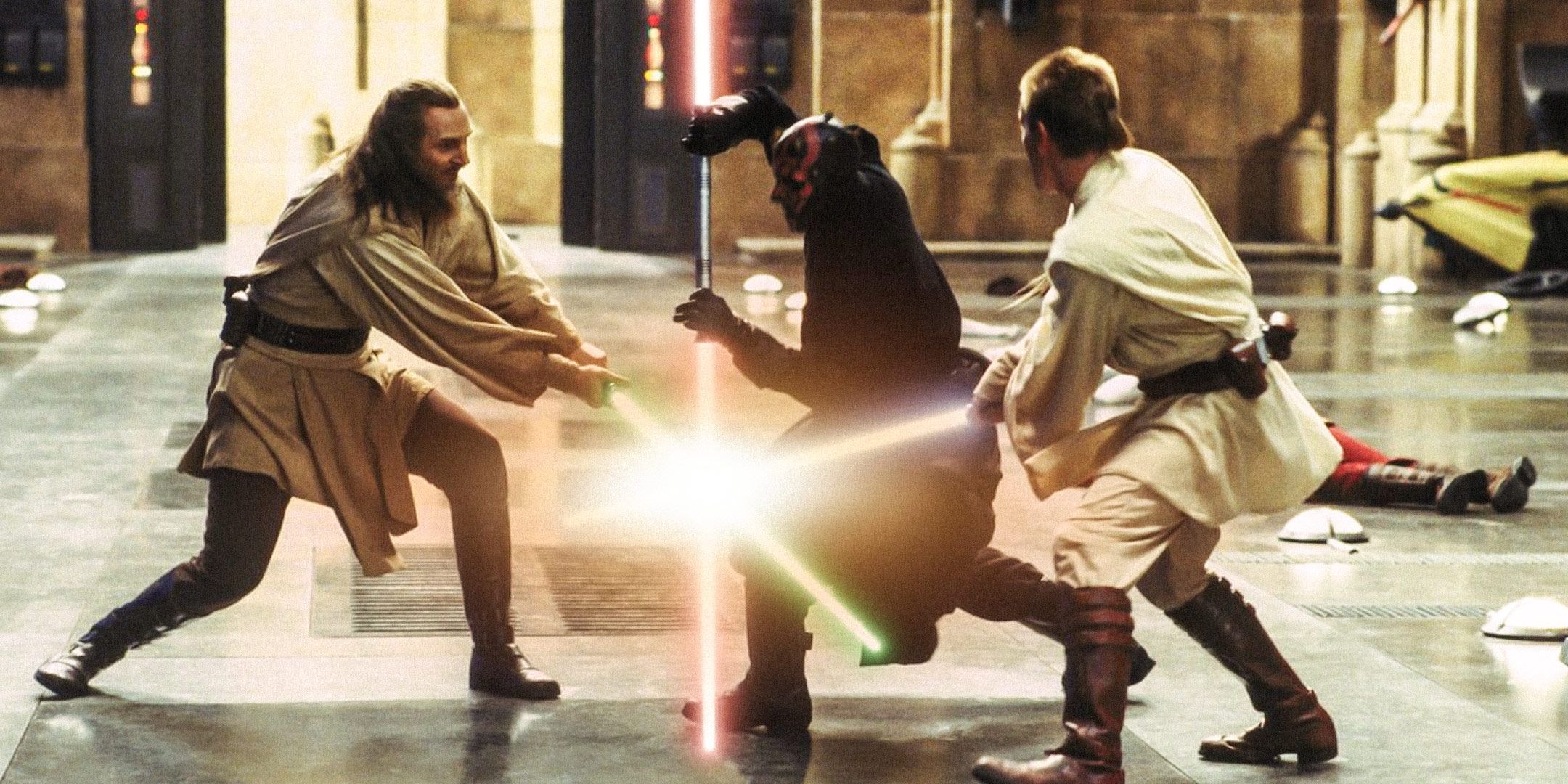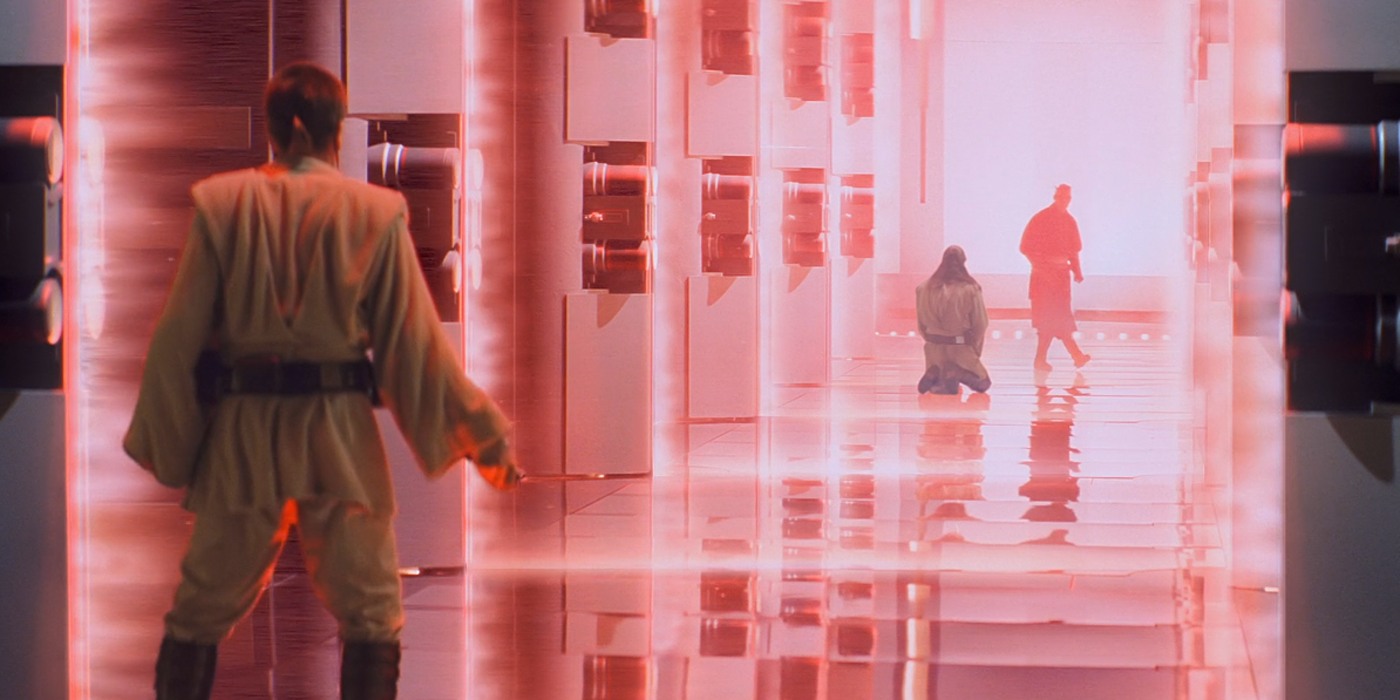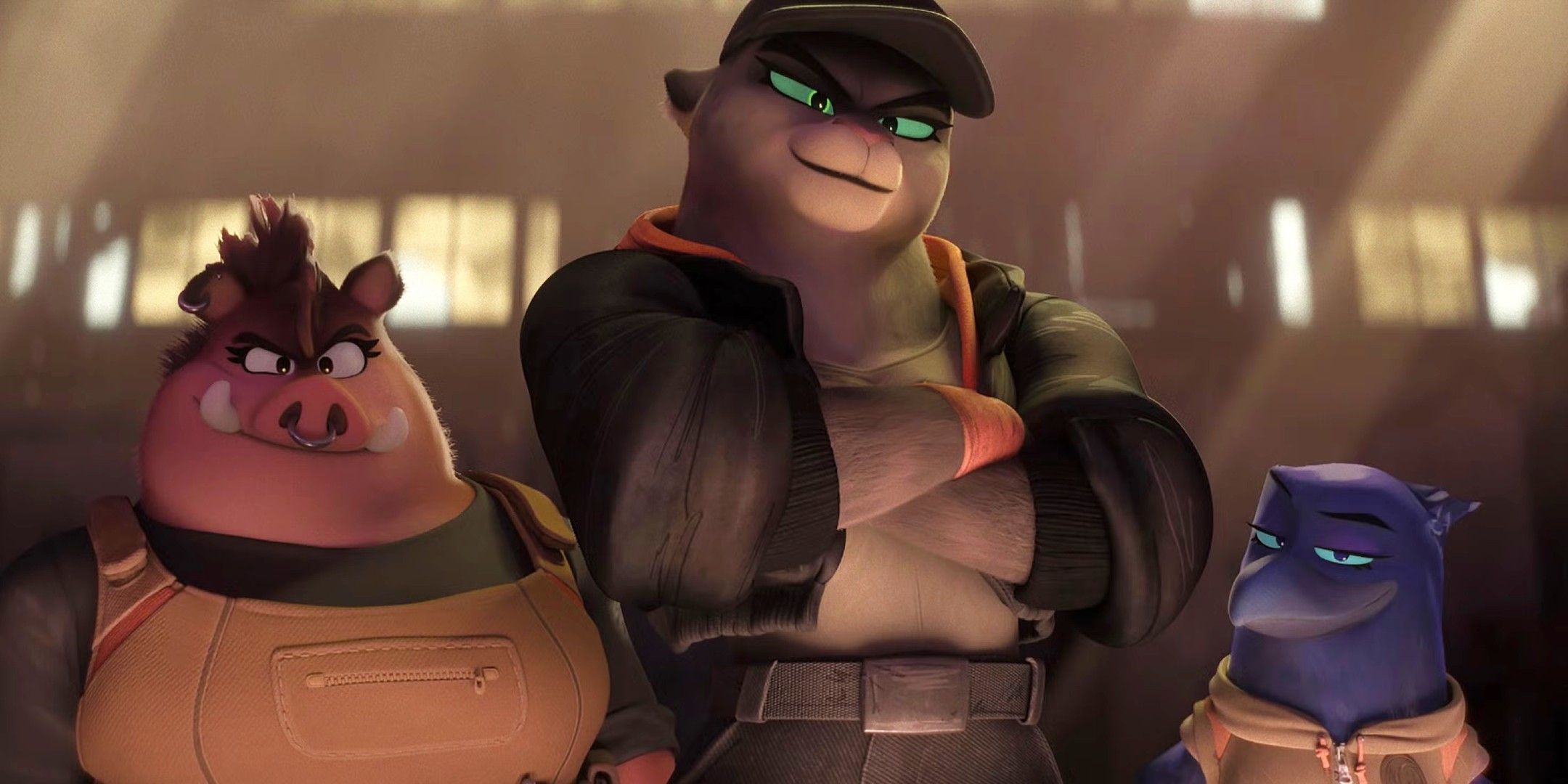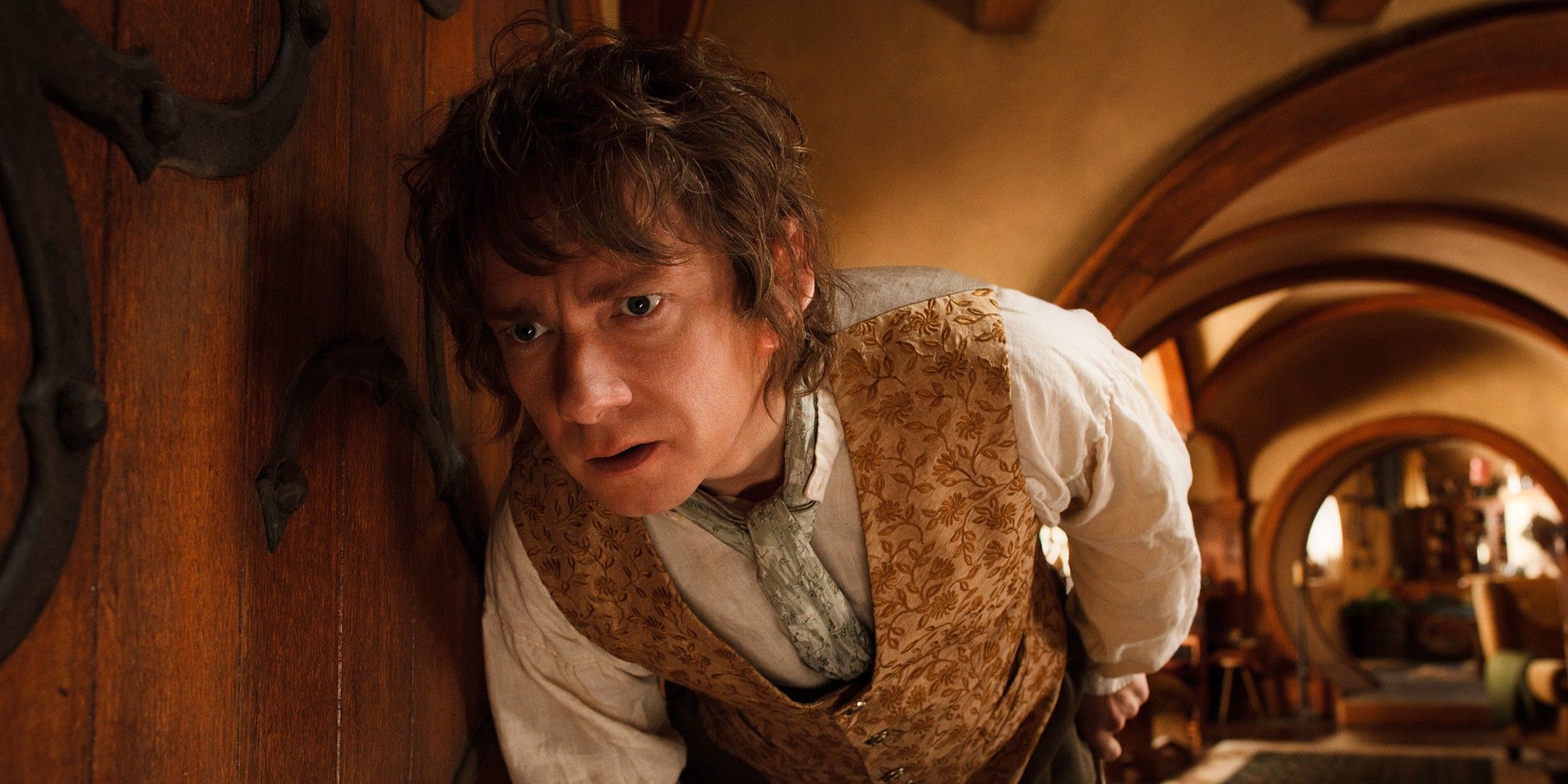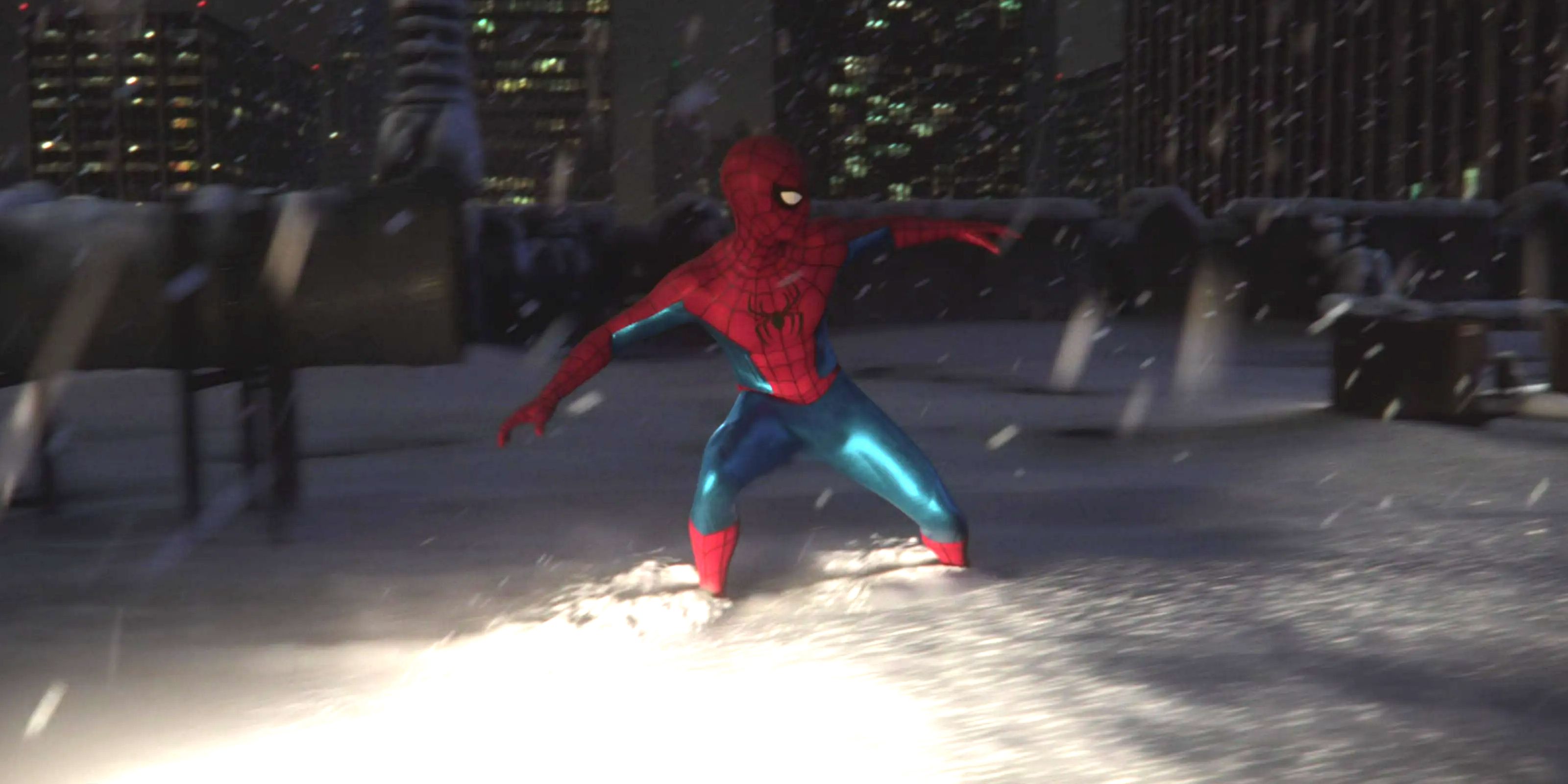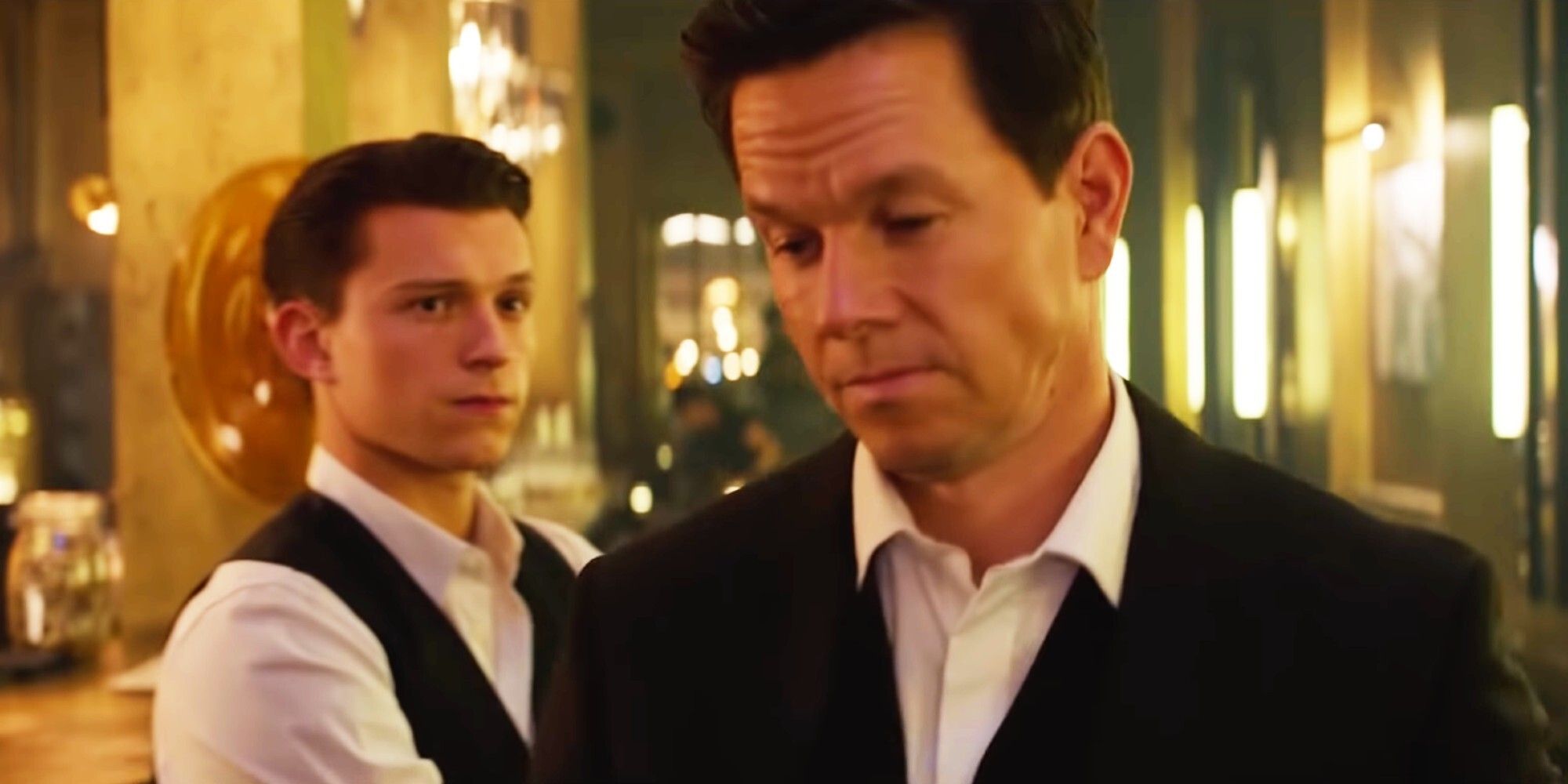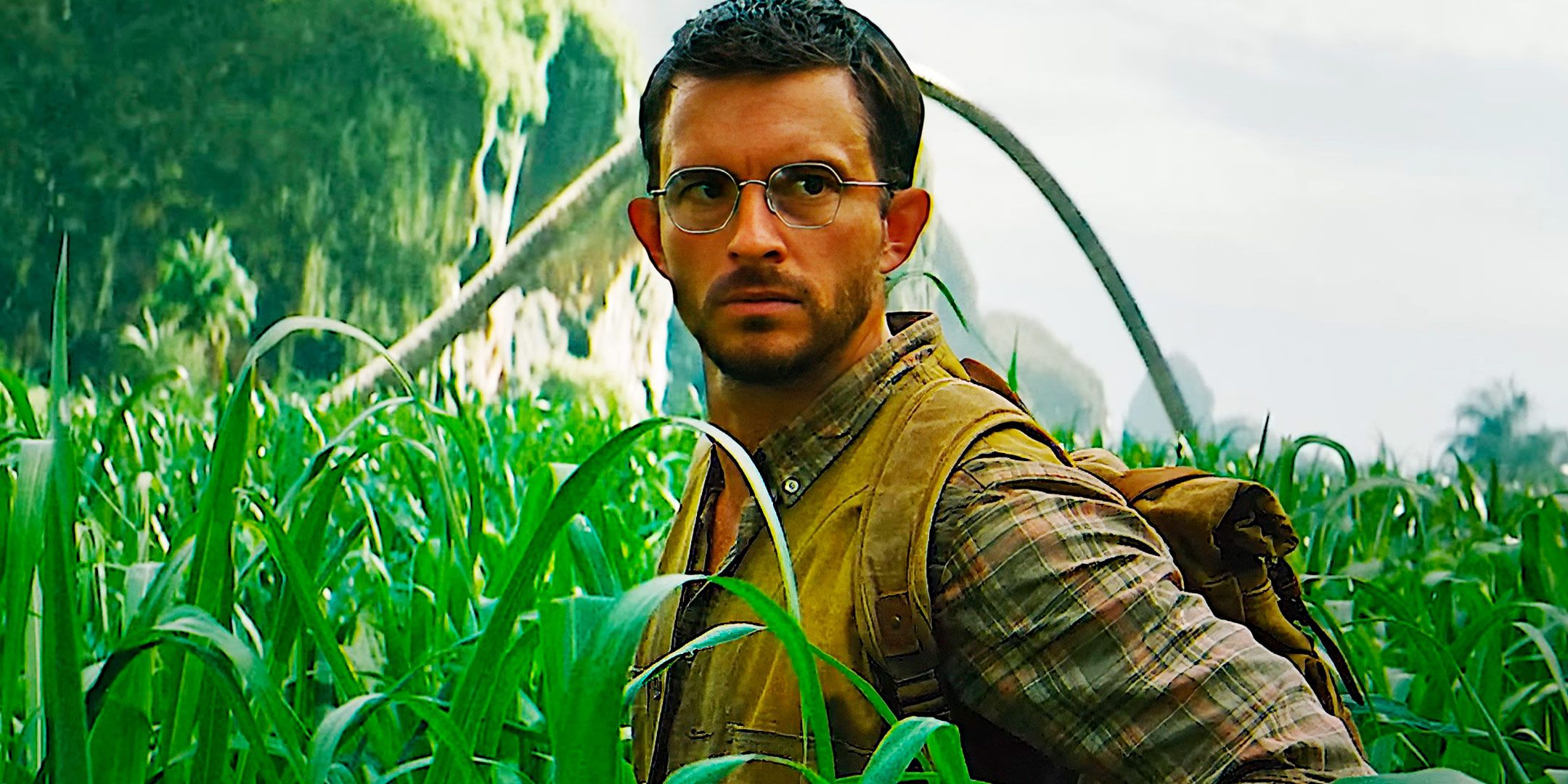Liam Neeson has revealed his true feelings about Qui-Gon Jinn‘s death in Star Wars: Episode I – The Phantom Menace. Though The Phantom Menace is often regarded as the worst Star Wars prequel movie, there’s no denying its importance to the overall franchise. Qui-Gon Jinn’s death at the hands of Darth Maul changed the course of Anakin Skywalker’s life.
During a three-way duel between Jedi Master Qui-Gon Jinn, his Padawan, Obi-Wan Kenobi (Ewan McGregor), and Sith apprentice Darth Maul (Ray Park), Qui-Gon Jinn was stabbed through the gut with a lightsaber, dying in Obi-Wan’s arms. Despite the grandeur of it all, Neeson wasn’t impressed with his character’s death. During an interview with GQ, Neeson described Jinn’s death with vicious honesty:
“I thought my death was a bit namby-pamby. I’m supposed to be a Master Jedi. You know, my character fell for that, ‘Oh, I’m going for your face, no, I’m not, I’m going for your stomach. Oh, you got me!’ Oh, please. Hardly a Master Jedi.”
Qui-Gon Jinn’s Death Changed Star Wars
Liam Neeson may have felt Jinn’s death was unbecoming of a Jedi Master, but it had a major impact on the story. There’s a prevalent theory that if Qui-Gon had lived, Anakin may never have turned to the dark side. Qui-Gon was an unconventional Jedi. He wasn’t a rogue, per se, but he believed in ancient prophecies and had more room for emotion.
Anakin was destined to struggle with grief, fear, anger, and love, and he felt repressed by the Jedi Order and even, at times, Obi-Wan Kenobi. If the Council had kept their promise and refused Anakin entry, if Qui-Gon had survived, Qui-Gon likely would have left the Order and trained Anakin in the ways of the Force outside the Jedi’s restrictive beliefs.
If Anakin had been free to love, would he have felt the need to turn to the dark side? Would Palpatine have had an opportunity to manipulate him? It’s possible, but much less likely.
Our Take On Qui-Gon Jinn’s Death
And yet, despite the narrative importance of Qui-Gon Jinn’s death and the “what if” questions it raises, Neeson has a point. Should a Jedi Master of Qui-Gon’s level truly have been so easily manipulable during that battle? He was focused, meditating between dueling sprints. Maul was a skilled fighter, certainly, but he was defeated by a Padawan soon after.
Then again, while lightsaber fights are a key part of Star Wars‘ lore, the choreography hasn’t always been equally stellar. During the original trilogy, the fights were restricted by the technology of the time. When The Phantom Menace was made, there was a need to make the fights seem more frenetic and fast-paced. While they were much more captivating, there was certainly room for improvement.
Though Liam Neeson’s reservations are understandable, the scene still holds significant weight within Star Wars’ storytelling. With the combination of three skilled lightsaber wielders, John Williams’ iconic Duel of the Fates score, and the fate of the galaxy hanging in the balance, Qui-Gon Jinn‘s death in Star Wars: Episode I – The Phantom Menace is still impressive, no matter how “namby-pamby” it may have been.
Source: GQ on YouTube
